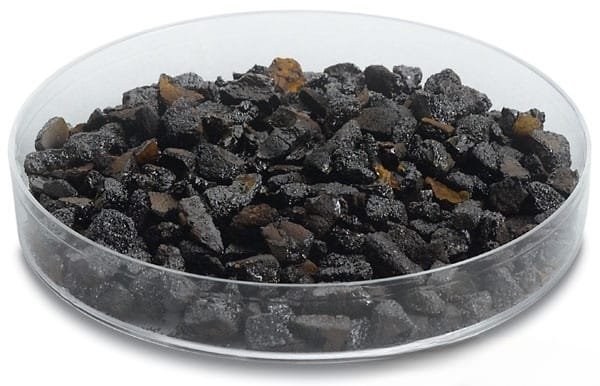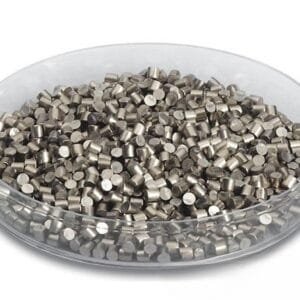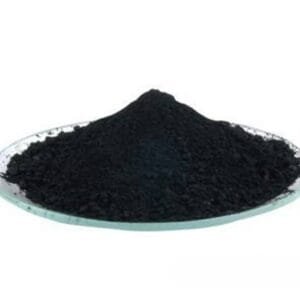Iron boride (FeB) evaporation materials from TFM are advanced boride ceramics designed for high-performance deposition processes. With a chemical composition of FeB, these materials are crucial in creating high-quality thin films. TFM is known for its expertise in producing iron boride materials with purity levels reaching up to 99.9995%, ensuring top-notch reliability and effectiveness in various applications.
Specifications of Iron Boride Evaporation Materials
| Material Type | Iron Boride |
| Symbol | FeB |
| Appearance/Color | Refractory solid |
| Melting Point | 1,389 °C (2,532 °F; 1,662 K) |
| Density | 7.3 g/cm3 |
| Purity | 99.5% |
| Shape | Powder/ Granule/ Custom-made |
Applications of Iron Boride Evaporation Materials
Iron boride evaporation materials are essential for several deposition techniques, including semiconductor deposition, chemical vapor deposition (CVD), and physical vapor deposition (PVD). These materials are particularly effective in applications such as optics, where they are used for wear protection, decorative coatings, and display technologies.
Packaging and Handling
To ensure the highest quality and efficient handling, iron boride evaporation materials are meticulously tagged and labeled. The packaging is designed to prevent damage during storage and transportation, maintaining the integrity of the product.
Contact TFM
TFM is a leading provider of high-purity iron boride evaporation materials. We offer a variety of forms, including tablets, granules, rods, and wires, with custom options available upon request. Additionally, we supply evaporation sources, boats, filaments, crucibles, heaters, and e-beam crucible liners. For current pricing and further inquiries about our materials, please reach out to us.


 MSDS File
MSDS File



Reviews
There are no reviews yet.